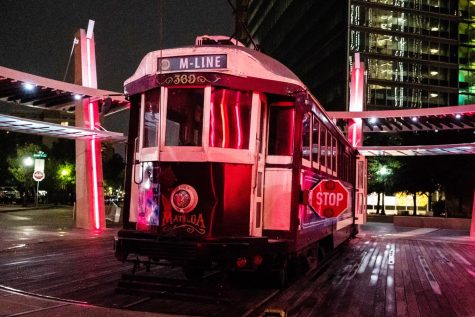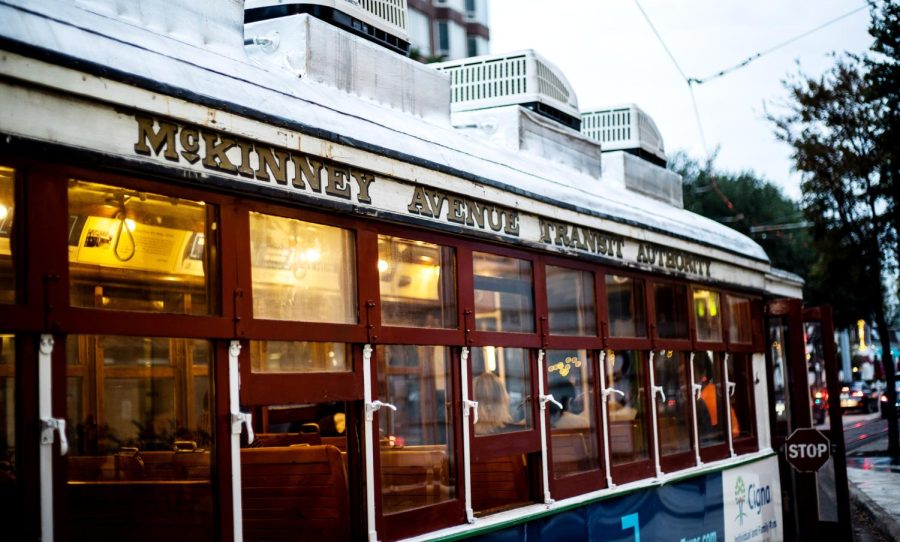Historic trolleys provide unique experience
November 28, 2022
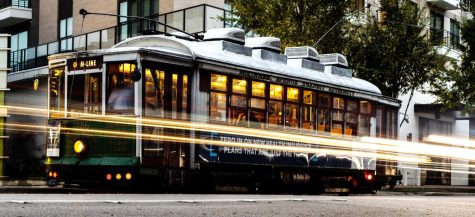
Dallas is known for many things, from the Dallas Cowboys to its lustrous skyline. However, one of the city’s treasures is hidden: the McKinney Avenue Transit Authority.
The McKinney Avenue Transit Authority was founded in 1983 to restore streetcar services in Dallas’ Uptown neighborhood as a nonprofit agency. There were original rails uncovered on McKinney Avenue, which were linked to the original street car services from the late 19th century.
In 1989, streetcars returned to Uptown as a mode of transportation and started the M-Line across McKinney Avenue in Uptown, which stretched 2.8 miles. It has since been expanded to stretch 4.6 miles from the CityPlace/Uptown Dallas Area Rapid Transit light rail station to the St. Paul light rail station in Downtown Dallas.
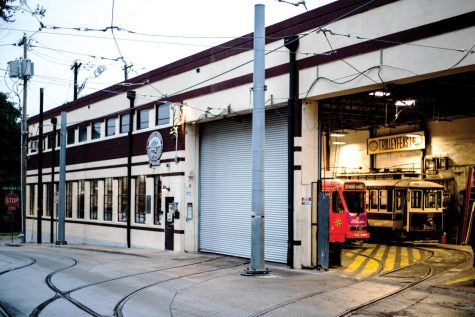
Trolley rides are free. Riding the trolley is a special experience. When you first step into the trolley, you are hit with a nostalgic feeling. The smell of the trolleys velvet seats and the classic bell signal when you reach your stop, makes you feel like you’ve been transported back in time.
Christian Brousseau, a MATA trolley driver, described his experience driving the trolleys. “It’s really enjoyable. You are literally driving a piece of history. It adds character to the city and there aren’t many places that can say they are running a 100-year-old trolley down the street,” Brousseau said.
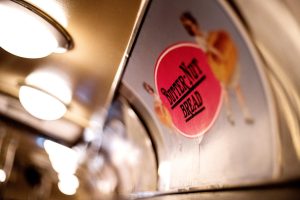
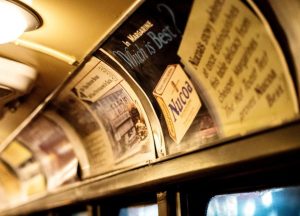
Lined with ads from the time the trolleys were originally in use, the streetcars or trolley cars are several decades old. A streetcar is similar to a train but operates on city streets. An electric street car is referred to as a trolley because it has a pole on top of the car that connects to an electrified overhead wire. All seven were built and imported from other states, and two of them operated in Canada and Portugal.
According to the MATA website, every trolley has an affectionate nickname. Car 122 is called “Rosie” and is the oldest, at 113 years old, and the smallest car of the seven. Car 186 is called the “Green Dragon” and got its name from Southern Methodist University students who gave the car its nickname due to its green color when the car originally operated before it was abandoned in 1956. In 1979, the co-founder of MATA acquired the Green Dragon and restored it. Car 369 is called “Matilda.” Car 636 is called “Petunia“ due to the car’s petite size and generally sweet nature. Car 754 is called “Betty.” Car 4614 is called “Margaret.” Car 7169 is called “Emma.” Every trolley has an infographic that tells its story including how it arrived in Dallas.
The trolleys are not just a niche thing that reminds people of the past. People use them for their commutes. According to the MATA website, there are 600,000 rides per year and 35% of riders use the trolleys to commute. MATA president Vic Cervantes talked about how the trolleys are not just for historical significance. “We are one of the few agencies that use these cars for everyday service. Agencies you could compare us to are New Orleans and San Francisco, which use true original cars,” Cervantes said.
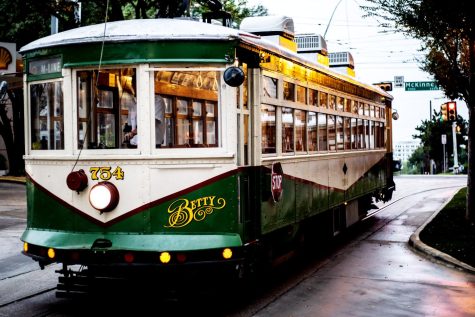
“We don’t get money from the city or from sales tax or from fares. We get our funds from neighborhood organizations and a portion from DART because we help them carry passengers in the area, so we don’t charge fares because of these funds,” Cervantes said.
The trolleys are a unique experience. “We run like a charity organization, but instead of food banks, we provide a free transportation service for anybody that wants to ride,” Cervantes said.
Maintenance for the trolleys is a process due to how old they are and the parts required for keeping them in use.
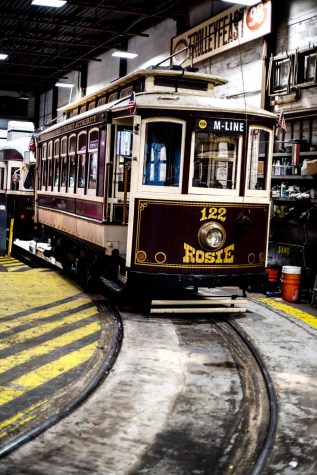
Doug Johnston, the director of maintenance, said, “There is only a six-man crew that works on the trolleys because there are only about 40 people that have the knowledge to work on them. We have unique parts that we can never lose because they are the only parts in the world that could fit on the trolleys.”
